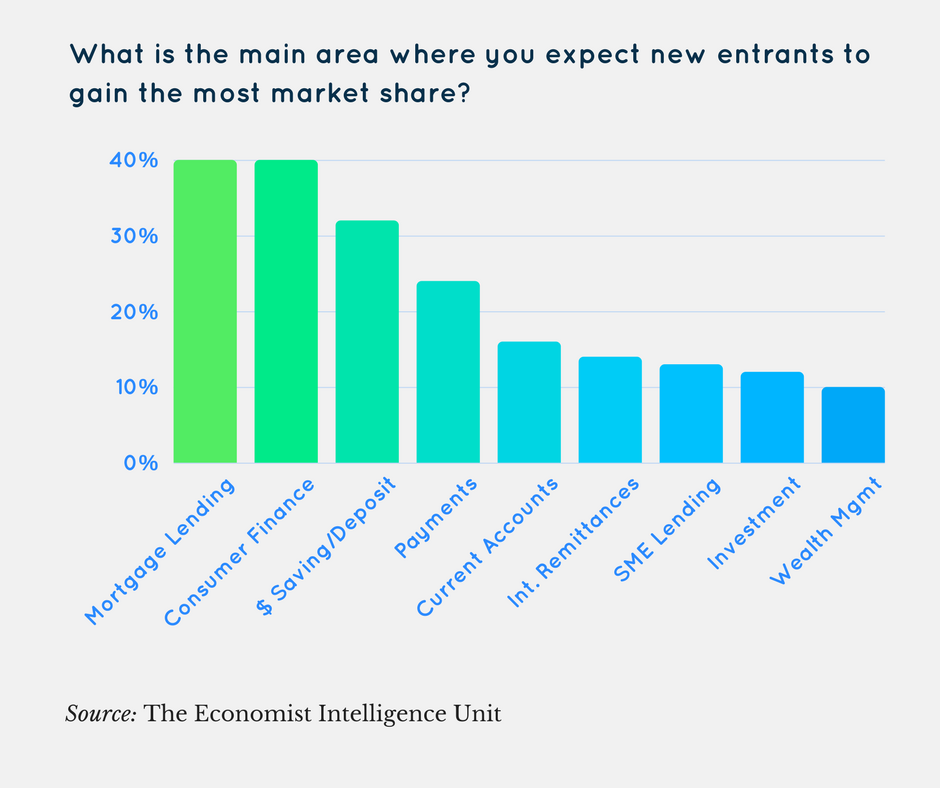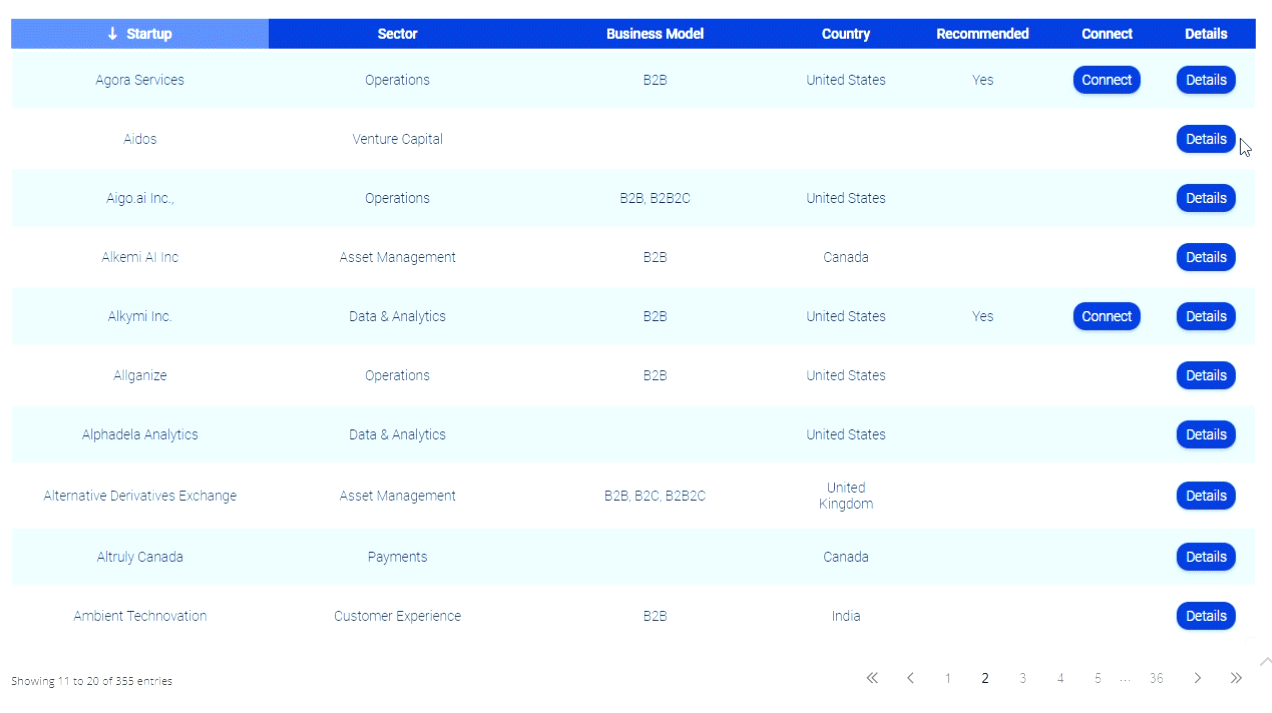Starbucks Brews IoT Innovation With iMessage Gifting, Amazon, And More
 Why build your own network for your IoT products, when you could just partner with Starbucks? It’s worked for Apple, Amazon, Facebook, and WeChat so far.
Why build your own network for your IoT products, when you could just partner with Starbucks? It’s worked for Apple, Amazon, Facebook, and WeChat so far.
In fact, Starbucks is planning to keep up the momentum of its WeChat gifting feature — introduced in February — launching a social gifting feature for Apple’s iMessage.
“This spring we’ll release Starbucks gifting for iMessage. This will allow our customers to give a Starbucks Gift Card within an iMessage conversation on an iPhone or an iPad,” said Gerri Martin-Flickinger, chief technology officer for Starbucks, during the company’s shareholders call. “Without leaving the iMessage conversation, he [customer] is able to select the gift card, and pay with Apple Pay with just a few taps. The recipient can redeem the gift card right from their iPhone, using Apple Pay. This will be released in April.”
The company has already made strides with the social gifting feature in WeChat–one of the most popular messaging apps in China, which currently has 800 million users worldwide.
“Perhaps nowhere has the Starbucks experience been embraced more enthusiastically than in China, a country we entered 18 years ago. It is our fastest growing market, with 2,600 stores across 127 cities, serving more than 5 million customer visits per week,” said Kevin Johnson, CEO for Starbucks during the shareholders meeting.
According to Johnson, 1.2 million “gifts” have been exchanged in the six weeks since the launch of the feature — referred to as Say It With Starbucks– on WeChat.
With these and other projects, the company might be becoming the connecting thread for IoT between networks and companies like Amazon or Ford, for example; thanks to Starbucks’ Alexa skill — launched in January — consumers can now order coffee from their Ford cars via Alexa.
During the shareholders meeting, Starbucks also pointed to the quick growth many of its digital features are experiencing, including mobile ordering, voice ordering, social media, and smartwatches.
“In our busiest stores, we’ve added two new dedicated roles for partners at that peak, just for Mobile Order & Pay,” said Johnson during the meeting, noting that mobile ordering comprises 8% of all of the transactions in the U.S. “Now, the early feedback from store managers and customers has been very positive. But keep in mind, these are just the first steps of a number of things we are doing to improve capacity and throughput in our store. And rest assured that this progress will continue to be fully felt in the back-half of this fiscal year,” he added.
The company tested out its voice ordering skill this year, which so far is rolled out to 100,000 customers, according to Martin-Flickinger. The feature will be rolled out nationwide by year’s end, he added.
While still ostensibly a coffee company, Starbucks’ presence in the IoT is getting harder to ignore—maybe FI innovation teams should keep a closer watch.












